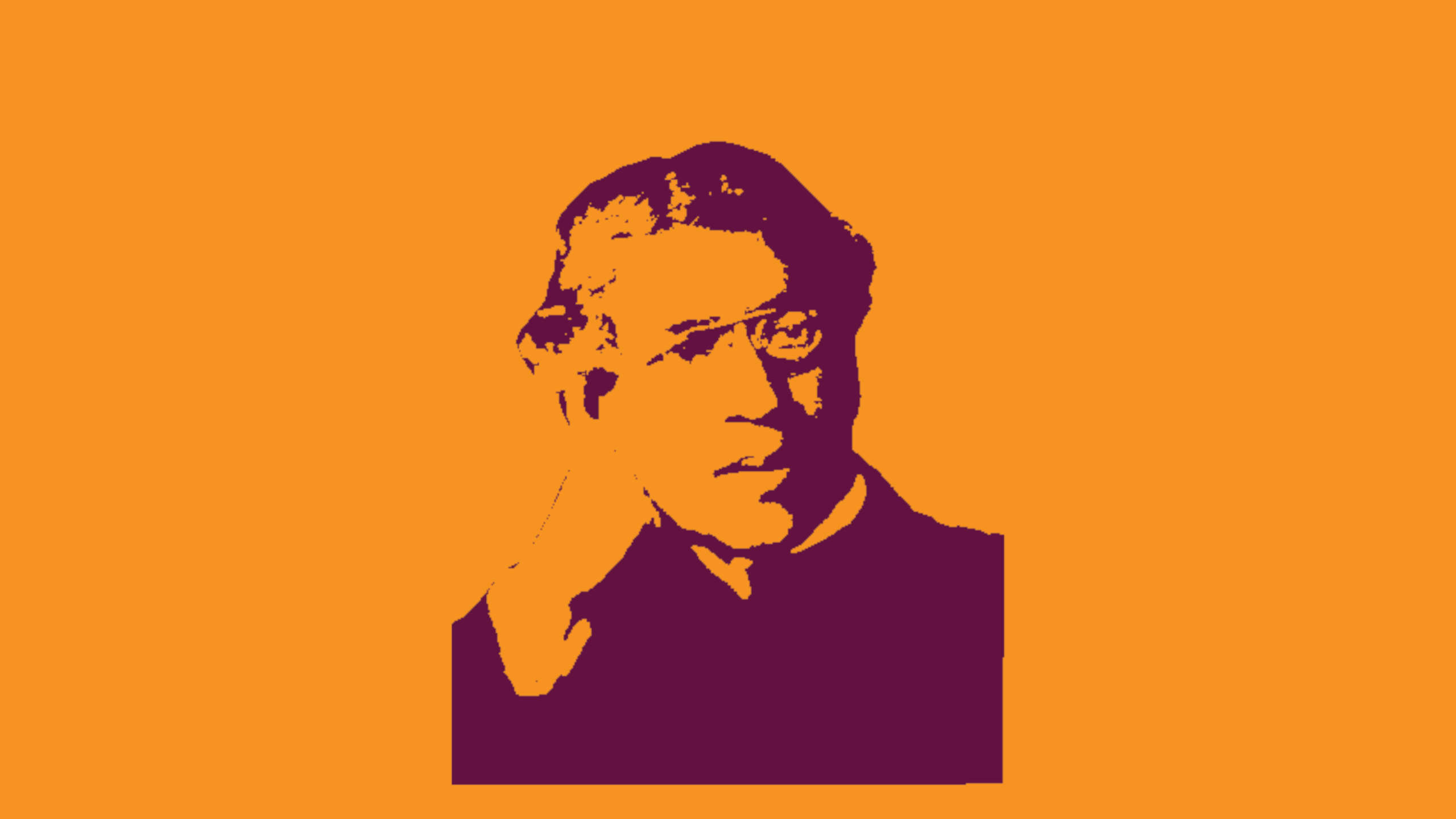Indian civilisation has always considered trees to be living beings but Acharya Jagdish Chandra Bose was the first scientist in the world to demonstrate that they are living beings by detecting the nervous response of plant tissues.
By Vinay HA, Research Associate at Rashtram
Acharya Jagadish Chandra Bose is among the earliest Indian Scientists to have made a mark in the world of modern Science. He is especially remembered for his pioneering work on radio waves and detecting the nervous response of plant tissues. Bose was born in 1858 in the Bikrampur paragana of the erstwhile Bengal presidency (now in Bangladesh). His father, Bhagawan Chandra Bose being a deputy magistrate belonged to the “high-society” which saw English education as a status symbol. However, he had a firm conviction that children’s education should happen in their mother tongue. Consequently, Bose was sent to a village primary school where he grew up in the company of the common village folks, and close to mother nature–– this was instrumental in nudging him to study the life of plants for the best part of his life. Bose went on to pursue graduation in Physical Sciences from Calcutta University and then studied Natural Sciences at the University of Cambridge. Returning to India, Bose joined the Presidency College as a professor of Physics.
Bose’s early research career focussed on studying the behaviour of radio waves. In 1894, he publicly demonstrated the potential applications of microwaves by remotely ringing a bell and igniting gunpowder through a current of microwaves. Later he developed a coherer to detect radio waves which were demonstrated at the Royal Institute, London in 1897. The Electric Engineer reported about the demonstration “that no secret was at any time made as to its construction so that it has been open to all the world to adopt it . . .” This proved to be fateful in that Marconi and Braun who were awarded the Nobel prize in 1909 for inventing the radio are said to have modelled their invention on Bose’s work but never acknowledged it.
As someone who cared the least for making money and refused to file patents for his inventions, Bose seems to have been indifferent to the notions of fame and recognition. By the time when Marconi and Braun were recognised for the invention of radio without acknowledging Bose’s contribution, Bose had already commenced his second and perhaps more interesting phase of research life, where he sought to study the response of “non-living” matter to external stimuli. Startled at the similar patterns of fatigue and recovery in living muscles and inorganic materials in the microwave receivers, Bose began to wonder if there exists a clear barrier between the “living” and “non-living”. Inspired by the parallels between his experimental observations and the Vedic message of unity of existence, he remarks:
“It was when I came upon the mute witness of these self-made records, and perceived in them one phase of a pervading unity that bears within it all things — the mote that quivers in ripples of light, the teeming life upon our earth, and the radiant suns that shine above us — it was then that I understood for the first time a little of that message proclaimed by my ancestors on the banks of the Ganges thirty centuries ago— ‘They who see but one, in all the changing manifoldness of the universe, unto them belongs Eternal Truth, unto none else, unto none else!’”Later, he was to work specifically on studying the plant’s response to external stimuli for which he devised a sensitive crescograph. If the ancient Indian ṛṣi Bhṛgu affirmed:
जीवं पश्यामि वृक्षाणाम अचैतन्यं न विद्यते
“I see trees as living. They are not without consciousness.”
Armed with the evidence from his experiments, Bose similarly declared:
“Before us are spread multitudinous plants, silent and seemingly impassive. They like us are actors in the cosmic drama of life, … various shocks impinge on them, but no cry is raised in answer. I shall nevertheless try to decipher some chapters of their life history”
In this way, Bose laid the foundation of what is today referred to as the field of “Plant Neurobiology”. While today he is hailed as a pioneering scientist, Bose had to work in highly discriminative circumstances. He was paid half the actual salary received by his British colleagues in the Presidency college (This was eventually corrected by the college when Bose refused salary altogether as a mark of protest against the discrimination). Academic journals conspired to suppress his research work by refusing to publish them. In these tough times, Sister Nivedita played a critical role in supporting Bose. By arranging for funds to set up his laboratory, encouraging and assisting him to independently publish his research work, and popularising his work by writing about them in newspapers, Sister Nivedita ensured that Bose’s work saw the light of the day.
References
- https://blogs.bl.uk/untoldlives/2018/02/sir-jagadis-chandra-bose-the-man-who-almost-invented-the-radio-.html
- http://simplyknowledge.com/popular/biography/sir-jagadish-chandra-basu
- The Scientist and the Nun: How Sister Nivedita Made Sure J.C. Bose Never Gave Up, https://thewire.in/gender/scientist-nun-sister-nivedita-made-sure-j-c-bose-never-gave

